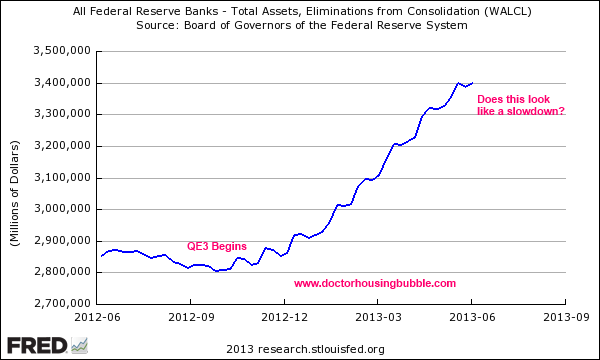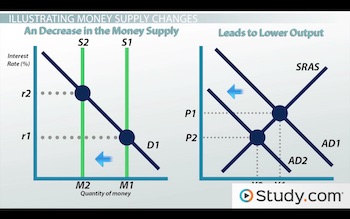
Similar to a hammer, the green version is more bullish given that there is a higher close. This pattern always occurs at the bottom of a downtrend, signaling an imminent trend change. Here’s a video by our trading analysts on how to identify and trade the inverted hammer candle pattern. Once this happens, you could enter a long position with a stop loss just below the low of the candlestick. Inverted hammers can also be used as breakout trading strategies, so you could watch for breakouts above key resistance levels if you see this candlestick pattern forming. To qualify as an inverted hammer, the upper shadow must be at least twice the size of the real body.
Before you place your order, let’s take a look at a few practical considerations that can help you make the most of a trade based on the hammer pattern. Based on the analysis of over 4,000 markets, PatternsWizard has concluded the inverted hammer confirms a bullish reversal 36.5% of the time on average. Again, you can either wait for the confirmation candle, or open the trade immediately after the inverted hammer is formed. The profit-taking order(s) should be placed at the previous support and dependent on your risk tolerance. Similarly, the inverted hammer also generates the same message, but in a different manner. The price action opened low, but pushed higher to surprise the bears.
What does an inverted hammer candlestick mean?
You can analyse both formations for free at the FXOpen TickTrader platform to find the differences. The hammer and inverted hammer are both candlestick patterns that are used to identify potential trend reversals in technical analysis. The hammer occurs during a downtrend and has a small body at the upper end of the trading range with a long lower shadow. It suggests a potential shift in market sentiment from sellers to buyers. The inverted hammer candlestick pattern is a one-candlestick formation that can signal a potential reversal from a downtrend to an uptrend in the market.
This may not be an ideal spot to buy, as the stop loss may be a great distance away from the entry point, exposing the trader to risk that doesn’t justify the potential reward. Confirmation (orange) occurred on the next candle, which gapped higher before being bid up to a close far above the hammer’s closing price. Traders generally enter the market to purchase during the confirmation candle.
The hammer can be green or red, with the former signaling a more bullish trend. A hammer candlestick pattern occurs when a security trades significantly lower than its opening but then rallies to close near its opening price. The hammer-shaped candlestick that appears on the chart has a lower shadow at least twice the size of the real body. The pattern suggests that sellers have attempted to push the price lower, but buyers have eventually regained control and returned the price near its opening level. While a hammer candlestick pattern signals a bullish reversal, a shooting star pattern indicates a bearish price trend. Shooting star patterns occur after a stock uptrend, illustrating an upper shadow.
The opening price, close, and top are approximately at the same price, while there is a long wick that extends lower, twice as big as the short body. However, the fact that buyers were able to push the price up from the open indicates that there is potential for further upward movement. An inverted hammer followed by a bullish candlestick is considered a strong indication of an upcoming bullish trend reversal. Its real body can either be bearish (the open is higher than the close) or bullish (the close is higher than the open). In any case, it will be viewed at the bottom of a downtrend, and the market line is expected to reverse.
Viewing it in a different way, it indicates a waning seller interest and a potential entry to go long at the beginning of a new bullish trend. On its own, the hammer signal provides little guidance as to where you should set your take-profit order. As you strategize on a potential exit point, you may want to look for other resistance levels such as nearby swing lows. Confirmation difference between hammer and inverted hammer came on the next candle, which gapped higher and then saw the price get bid up to a close well above the closing price of the hammer. The Hanging Man is a bearish reversal pattern that can also mark a top or strong resistance level. A green inverted hammer is considered a more bullish indicator than its red counterpart, although both are considered bullish.
How Do You Trade on an Inverted Hammer Candlestick?
Then, use the ‘finder’ panel to search for the asset you wish to trade. Input your position size, and then choose ‘buy’ or ‘sell’ in the deal ticket. Buying after the first inverted hammer seems risky because the downtrend was not long enough. If you buy in places like this try to manage your position by changing stop loss or accepting a small loss if the price fell. The red hammer on the first march was a hammer because it formed after a correction.
- It can sometimes be just a brief reversal before the price continues to move in the same direction.
- Following a bullish reversal, the price action rotates lower again to briefly trade in a downtrend.
- Harness past market data to forecast price direction and anticipate market moves.
- The Hanging Man is a bearish reversal pattern that can also mark a top or strong resistance level.
- And, they succeed somehow closing the price near the top of the candle.
If the price is going aggressively upward during the confirmation candle, a stop loss is put below the hammer’s low, or perhaps just below the hammer’s true body. The inverted hammer candlestick (also called an inverse hammer) signals the end of a downtrend. Hammer and inverted hammer are both bullish reversal patterns that take place at the end of a downtrend.
Example of Inverted Hammer Candlsetick
This information has been prepared by IG, a trading name of IG Markets Limited. IG accepts no responsibility for any use that may be made of these comments and for any consequences that result. No representation or warranty is given as to the accuracy or completeness of this information. Consequently any person acting on it does so entirely at their own risk.

The above figure shows the inverted candlestick pattern labeled with open, high, low and close. We will now look closer and identify the important parts and structure of this pattern. This means that buyers attempted to push the price up, but sellers came in and overpowered them.
Tweezers Candlestick Patterns (Types, How to Trade & Examples)
Trade up today – join thousands of traders who choose a mobile-first broker. Discover the range of markets you can trade on – and learn how they work – with IG Academy’s online course. Hammers occur on all time frames, including one-minute charts, daily charts, and weekly charts.
The inverted hammer candlestick pattern (or inverse hammer) is a candlestick that appears on a chart when there is pressure from buyers to push an asset’s price up. It often appears at the bottom of a downtrend, signalling potential bullish reversal. The hammer occurs when open, low, and close prices are approximately the same. The inverted hammer is generated in the downtrend or after it, and this is a mark of a highly probable trend reversal.
Confirmers of the third hammer were the first two hammers, the tweezers, and formed after a long downtrend. And, they succeed somehow closing the price near the top of the candle. The inverted hammer indicates that the market participants may be moving from a bearish bias to bullish bias.
The inverted hammer candlestick pattern generally indicates a reversal to the uptrend in the short term. Inverted hammer patterns form after extended declines and prices stabilize near their lows for the period. An Inverted Hammer (or inverse hammer) is a candlestick pattern typically seen at the bottom of a downtrend. It is a bullish reversal pattern, signaling that there is potential for the price to begin moving upwards. The Inverted Hammer occurs when there is pressure from buyers to push the asset’s price up. The Inverted Hammer is considered a single Japanese candlestick pattern.

A green (bullish) inverted hammer candlestick forms when the closing price is higher than the opening price and there is a long extended upper wick. The answer is yes; an inverted hammer candlestick signals a short-term downtrend reversal or bullish reversal. A bearish inverted hammer is a shooting star that occurs after an uptrend.
How much does trading cost?
When an inverted hammer forms after a series of rising candles, it suggests that the bulls are losing momentum and that the bears are starting to take control. Hammer and inverted hammer candlesticks form at the bottom of a trend and suggest a future uptrend. Buying after the second inverted hammer from a risk/reward perspective looks enticing. It formed after a long downtrend, and previously other candles were predicting a possible future uptrend. If the inverted hammer did not convince, the next session was a long green candle, which together made a tweezers.
Burning Hammer: Why This Japanese Creation Is One Of The Most … – TheSportster
Burning Hammer: Why This Japanese Creation Is One Of The Most ….
Posted: Sun, 06 Aug 2023 15:00:00 GMT [source]
An inverted hammer can be bearish if it emerges at the top of an uptrend. In this case, it is called a shooting star and is usually red in color. It warns traders that a bearish trend could soon occur and that the bears have overpowered the bulls. Alternatively, an inverted hammer can be short-lived, failing to turn into an uptrend. In this case, the price is most likely to continue on a downtrend. A Japanese rice trader called Munehisa Homma developed the idea of candlestick charts in the 18th century.
